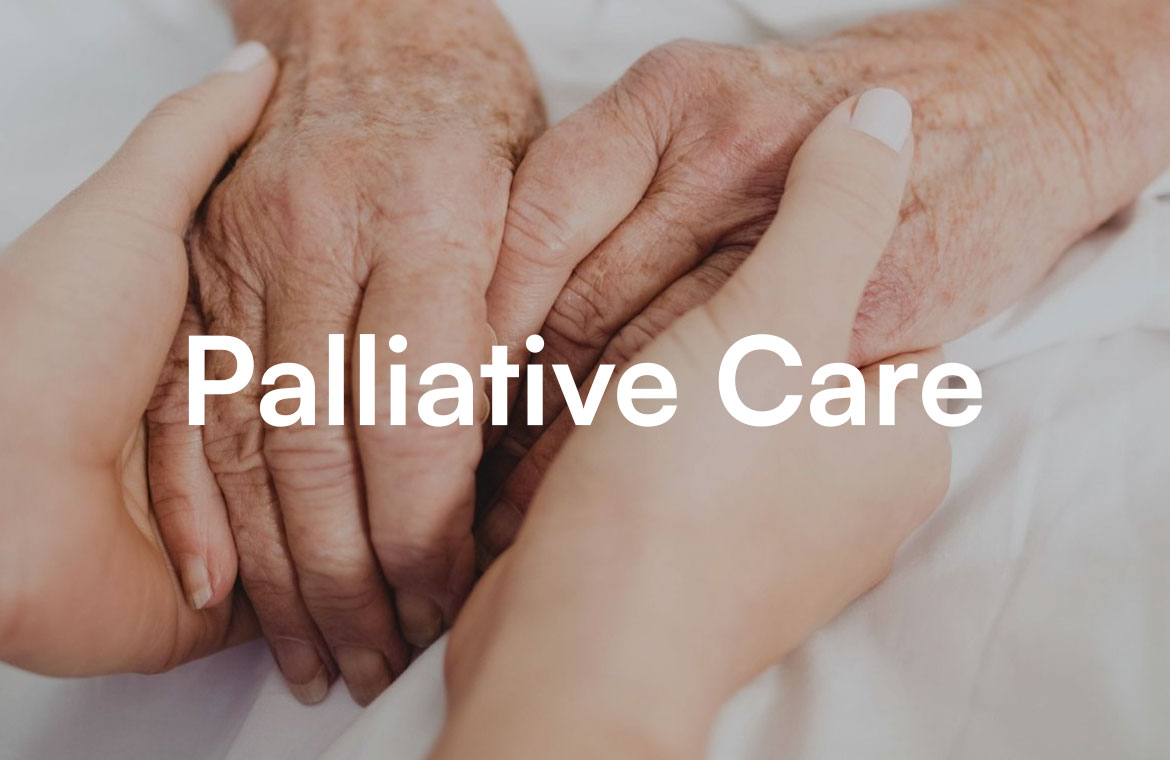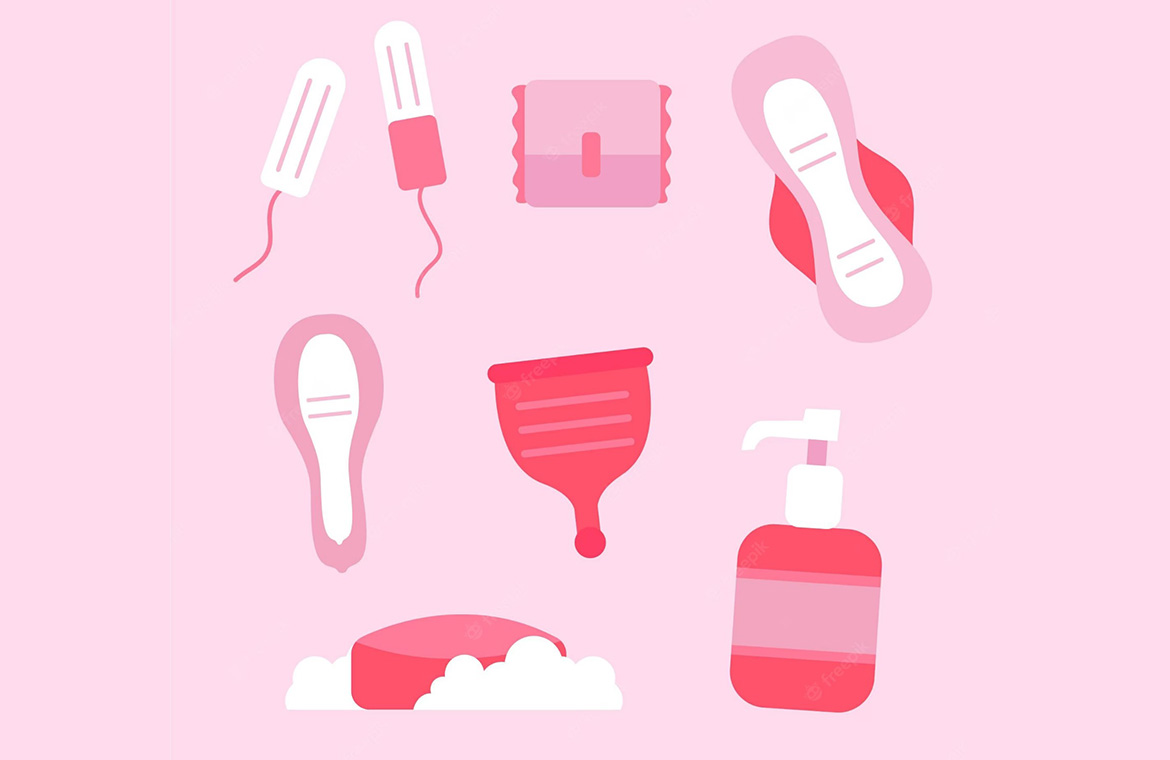Adolescence is a time of major transition physically, emotionally, and socially. It is a time of risk-taking behaviour, particularly sexual risk taking, and experimentation but also vulnerability, which can have far-reaching consequences, such as unintended pregnancy or sexually transmitted infections (STIs) and all forms of sexual violence and coercion.
Those aged 15–24 years continue to be the main group affected by STIs. So Healthy Sexuality is an important part of adolescent development, and primary health care providers play a key role in helping young people develop healthy routines, behaviors, and relationships that they can carry into their adult lives. While most adolescents at this stage of life are thriving, many of them have difficulty navigating this transition, particularly understanding that risky sexual behavior taking can jeopardize their health during these formative years and can contribute to poor health outcomes.
Young people may present to general physicians with systemic symptoms of sexually transmitted infections (STIs), such as arthritis, hepatitis or rash, but may not necessarily volunteer information about sexual activity. It is important for physicians to ask directly about sexual risks and if appropriate test for STIs and pregnancy. Knowing how to take a sexual history and consent a patient for an HIV test are core medical skills that all physicians should be trained to competently perform.
Safeguarding young people is the responsibility of all healthcare professionals who come into contact with them, and young victims of abuse may present with physical symptoms such as abdominal pain or deliberate self-harm. Openly addressing the all-too-human questions of sexual development, sexual desire, and the nature of the adolescent’s developing sexual identity are critical.
Sharing factual information with and giving good moral guidance to your teenager is a vitally important part of helping your teen understand herself or himself. We must all be aware of indicators of both child sexual exploitation and HIV infection and not be afraid to ask potentially awkward questions. If we don’t we may miss vital opportunities to prevent or minimise harm to young people.




